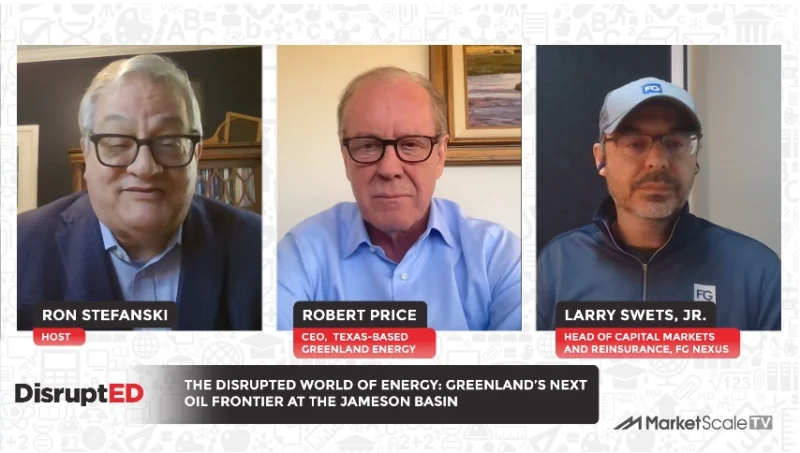How Businesses are Cutting Energy Costs Through Innovation
Energy-saving applications are constantly evolving and expanding. In order for businesses to stay on top of new energy regulations and their competition, leveraging new technologies has to be incorporated into any energy plan. New applications derived from new and existing technologies are helping businesses focus their energy saving efforts and produce tangible quantitative impacts to their budgets and carbon footprints.
Internet of Things (IoT) platforms are helping both consumers and businesses reduce energy consumption by creating trends from their routines and making it easier to adjust their energy usage, forecast future usage, and pinpoint wasted use.
Smart devices are changing how businesses view and respond to their energy usage by providing real time feedback to be analyzed and historically tracked. Some control systems are developed with machine learning capabilities to become smarter over time, leading to even greater savings with minimal intervention.
LEDs vs Traditional Lighting Solutions
One of the biggest obstacles when investing in IoT solutions is the infrastructure cost and the difficulty of determining return on investment (ROI). According to the U.S. Department of Energy, if the U.S. switches entirely to LED lights over the next two decades it would save the country $250 billion in energy costs.
Smart lighting systems provide immediate and quantifiable returns in the form of measurable energy savings and can be coupled with smart sensor systems to even further the savings potential.
Smart Lighting and Advanced Control Schemes
Through combinations of advanced control schemes like occupancy sensing, task tuning, and daylight harvesting, smart LED systems can decrease lighting-related energy costs up to 90%.
LEDs have incredibly low heat loss resulting in a high overall energy efficiency. In comparison, traditional incandescent bulbs release up to 90% of their energy as displaced heat resulting in wasted electricity. Less heat produced by the lighting system means HVAC systems can operate more efficiently during warm summer months.
Using temperature sensors, coupled with occupancy sensors, to determine required heating loads and monitoring when rooms are unoccupied, control systems can adjust heating, cooling, and light settings appropriately and therefore improve energy usage. Although this is a small fraction of the potential energy savings, it drastically adds up with businesses operating in multiple locations/environments.
Task tuning involves changing the optimal luminescence in a space so that the average level of light at the working level is appropriate for the work space. One study found that Task tuning can save up to 35% of lighting energy without decreasing occupant satisfaction.
Daylight harvesting systems utilize daylight to offset the amount of lighting needed in a space. Control systems accomplish this by dimming or brightening the illuminance of the light fixtures in response to changing daylight levels. Daylight harvesting strategies were found to decrease energy usage in the range of 20-60% in one study performed.
Smart Lighting Benefiting Businesses of Any Size
The Internet of Things is swiftly transitioning from a future technology to a crucial business tool. With IoT technologies becoming increasingly more user-friendly in regards to integration and overall control, any size or type of business can benefit from simple IoT strategies. Smart lighting systems can be customized for any business size for both dynamic and remote lighting management. LED systems combined with IoT controls are one of the easiest ways to start creating an energy data-driven business creating efficiency while reducing costs.








